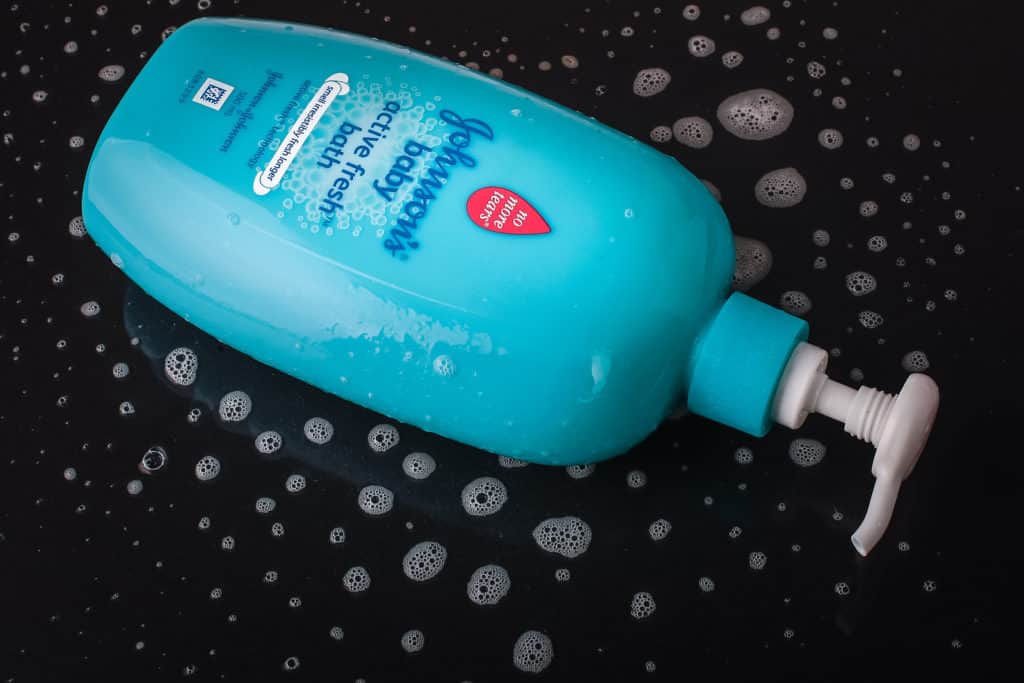Johnson & Johnson is facing an investor class action lawsuit over its talc products. The suit alleges that the company knew its talc products contained asbestos fibers as far back as the 1970s.
The complaint was filed in early February in the U.S. District Court for the District of New Jersey.
Investors suffered losses when the company’s stock fell after reports surfaced that showed the company knew for decades that its talc products contained asbestos fibers that could cause cancer.
Johnson & Johnson is facing thousands of consumer lawsuits over the alleged link between talc products and mesothelioma and ovarian cancer. The results have been mixed.
Investors claim that the company misled them about the alleged cancer link and repeatedly stated that their products were safe and asbestos-free.
Ernie Knewitz, vice president of media relations at Johnson & Johnson, told Bloomberg that the lawsuits were “baseless” and that the company would vigorously defend its position. Knewitz pointed to a similar case that was “soundly rejected by a California jury in November 2017.”
“Johnson’s Baby Powder does not contain asbestos or cause mesothelioma or ovarian cancer, and we are confident that our talc products are, and always have been, free of asbestos, based on decades of monitoring, testing, and regulation dating back to the 1970s,” he said. “Sample testing by independent laboratories, independent scientists, governmental agencies, and academic institutions spanning decades have all confirmed the absence of asbestos in our talc products.”
Some consumer cases against the company have already been dismissed in a New Jersey state court for lack of evidence. In other states, juries have awarded plaintiffs millions of dollars in damages.
The investors’ claims in the lawsuit are based on a document presented during a consumer lawsuit. The document showed that the company marketed its talc products as asbestos-free despite knowing in the 1970s that it may have been present in some of its talc mines.


